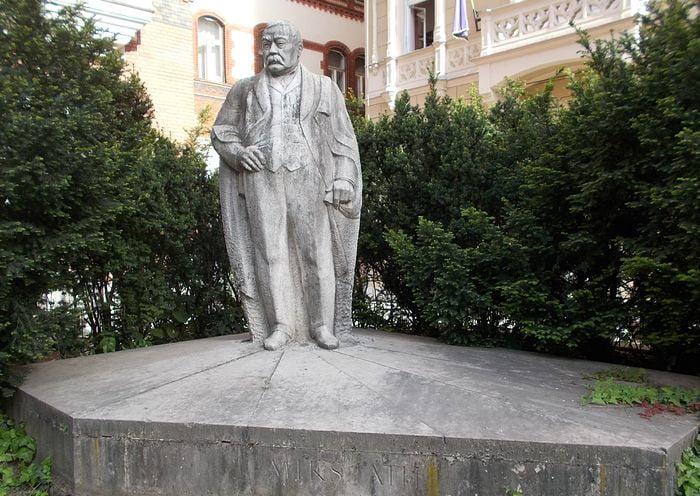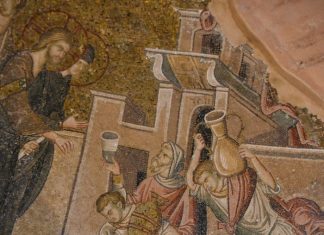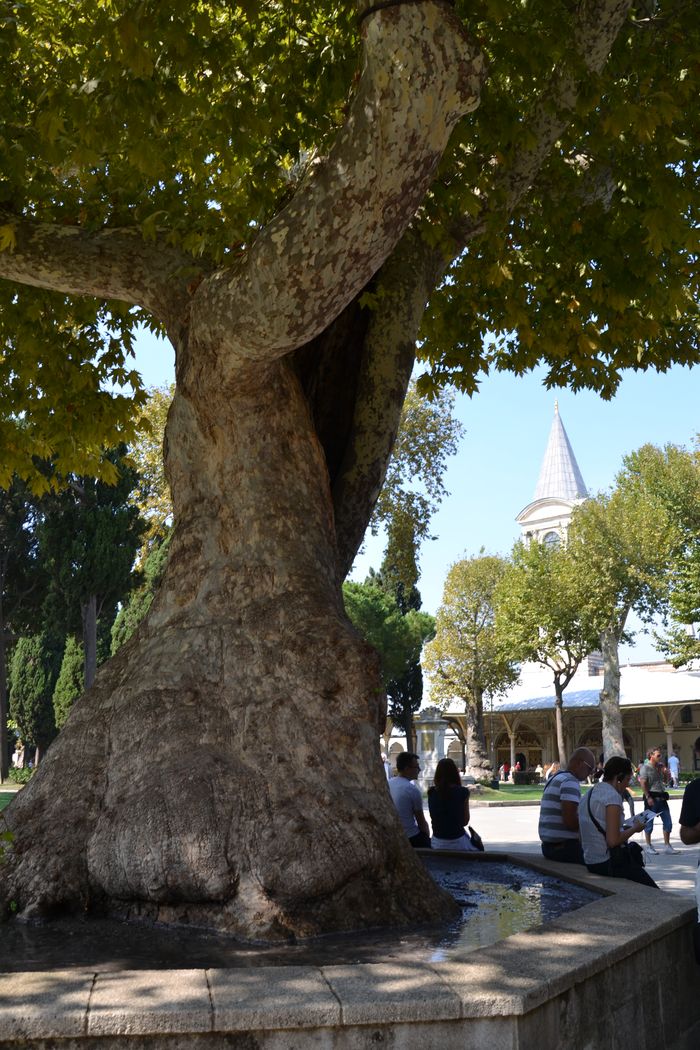After the fusion of Slavs and Old Bulgarians, the new people, called Bulgarians, began to expand their territory. They moved south into Thrace and Macedonia and west along the Danube basin into Central Europe. The Bulgarian state grew stronger, and its influence in the Balkans became a concern for neighboring powers.
In 811, the Byzantine emperor Nicephorus I, jealous of Bulgaria’s growing power, led an army into Bulgarian territory. This expedition ended in disaster: the emperor was killed, and his army was completely destroyed. Two years later, in 813, the new Byzantine emperor, Michael I, assembled a larger army and attacked Bulgaria. However, the Byzantines were again badly defeated, and only survivors who reached the walls of Byzantium escaped The Second Bulgarian Kingdom.
The Bulgarian ruler at this time, King Krum, advanced against Byzantium itself. He besieged the city, and the situation was very serious for the Byzantines. But fate intervened: King Krum fell ill and died, and the Bulgarians withdrew after securing the promise of a yearly tribute from Byzantium.
The Golden Age of Bulgaria
The most important Bulgarian ruler after Krum was King Boris I. In 865, he adopted Christianity in the Byzantine form as the official religion of Bulgaria. This helped unify the people, though rivalry with Byzantium continued. The Byzantines hoped to Hellenize the Bulgarians, using Greek as the language of church and state to assimilate them.
However, two brothers, Cyril and Methodius, created a new alphabet for the Old Bulgarian language, later called Cyrillic. King Boris I strongly supported Cyrillic, allowing the Bulgarian language to compete with Greek in church services and religious literature. Over time, Cyrillic spread beyond Bulgaria to other Slavic countries, including Serbia and Russia.
King Simeon I and National Identity
The Bulgarian First Kingdom reached its peak under King Simeon I, who became ruler in 893. He defended Bulgaria from repeated Byzantine attacks, and for a year, the Bulgarians even besieged Byzantium, though they did not capture the city City Tours Istanbul.
The reigns of King Boris I and King Simeon I are considered the Golden Age of Bulgaria. During this period, Bulgaria achieved great political power, cultural development, and religious consolidation. The Cyrillic alphabet helped strengthen the national identity, while the kingdom’s territorial expansion secured its place as a major power in the Balkans.
This era firmly established the Bulgarian national identity, making Bulgaria not just a collection of tribes but a unified, literate, and culturally advanced state.








